Neuralink continues its push in the brain-computer interface space with a third implant, while competitors and researchers accelerate advancements globally.


The jet winds are moving at nearly six times the speed of the exoplanet’s rotation.
The farthest planet from the Sun, Neptune, is the windiest place in the solar system, with winds that whip through at speeds reaching more than 0.3 miles per second (0.5 kilometers per second). That’s a relatively pleasant wind speed compared to a giant, puffy planet located around 500 lightyears away from Earth.
Supersonic winds on this exoplanet, designated WASP-127b, travel at a mind-bending 5.5 miles per second (9 kilometers per second). The speed of sound on Earth is roughly 0.21 miles per second (0.34 km/sec), making these winds supersonic by our terrestrial standards. The recently discovered extraterrestrial jet stream is the fastest ever measured on a planet, providing new insight into extreme weather that pummel other worlds.

Simon Fraser University, the Greek Ministry of Culture, and the University of Bologna have conducted an isotope study on the dietary patterns of Mesolithic and Neolithic humans at Franchthi Cave, Greece. The report confirms a terrestrial-based diet with negligible consumption of marine resources during these periods.
Franchthi Cave, overlooking the Bay of Koilada in the Peloponnese, is one of Greece’s most significant prehistoric sites, spanning nearly 40,000 years of occupation. The site is stunningly beautiful, with a high vaulted arch at the cave entrance inviting visitors into an otherworldly space.
Excavated between 1967 and 1979, it provides a continuous record from the Upper Paleolithic through the Neolithic. The Mesolithic to Neolithic transition is characterized across Europe by the emergence of agriculture and a shift in dietary reliance from marine to terrestrial resources, especially in coastal areas. Previous isotope studies of Franchthi suggested minimal marine input despite its coastal location.
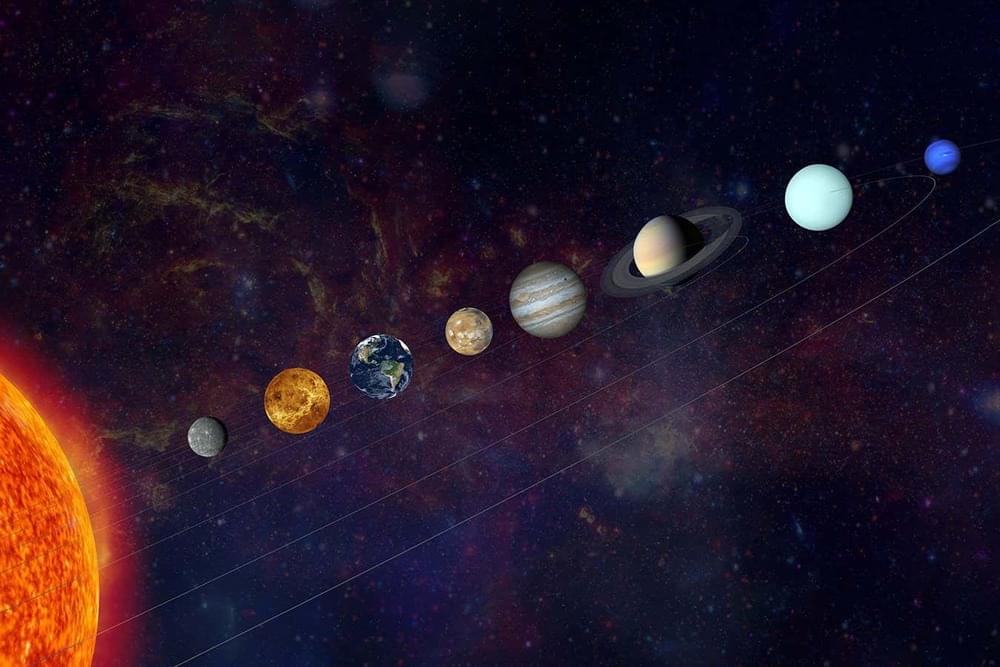
All seven of the other planets in our solar system are about to become visible at once in a great planetary alignment – here’s how to spot the celestial show.
By Leah Crane
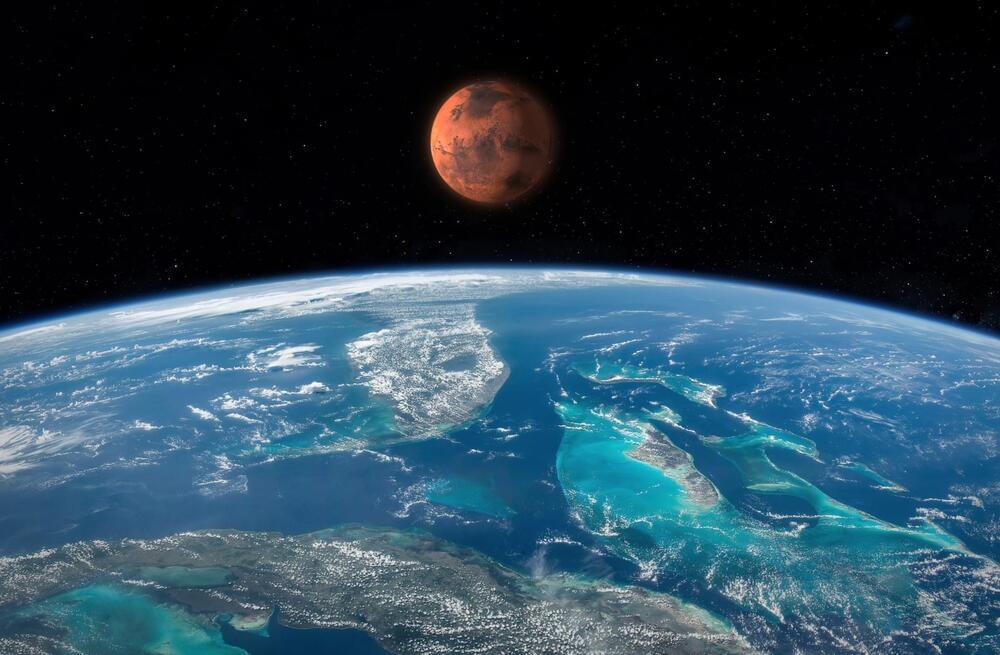
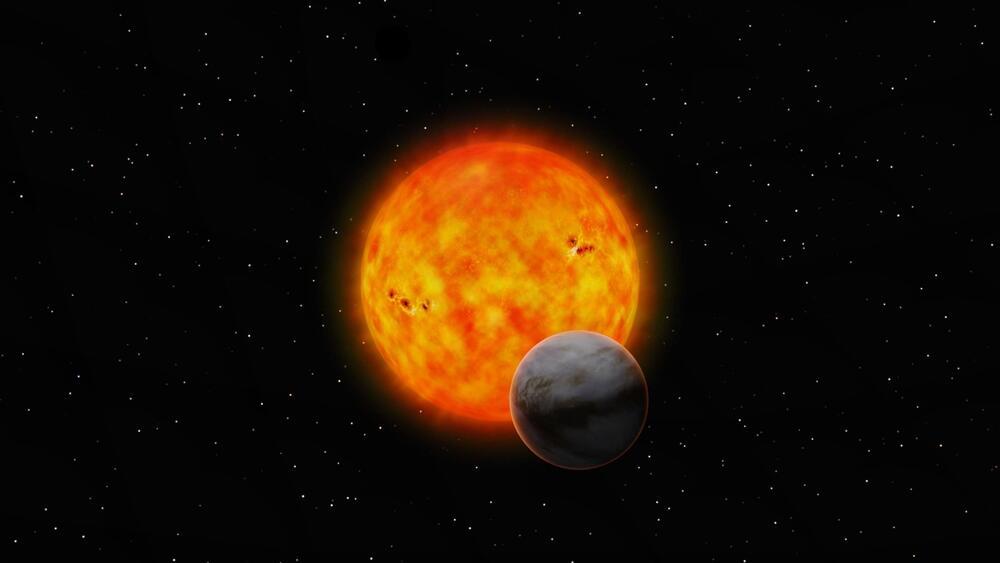
The James Webb Space Telescope.
The James Webb Space Telescope (JWST or Webb) is an orbiting infrared observatory that will complement and extend the discoveries of the Hubble Space Telescope. It covers longer wavelengths of light, with greatly improved sensitivity, allowing it to see inside dust clouds where stars and planetary systems are forming today as well as looking further back in time to observe the first galaxies that formed in the early universe.
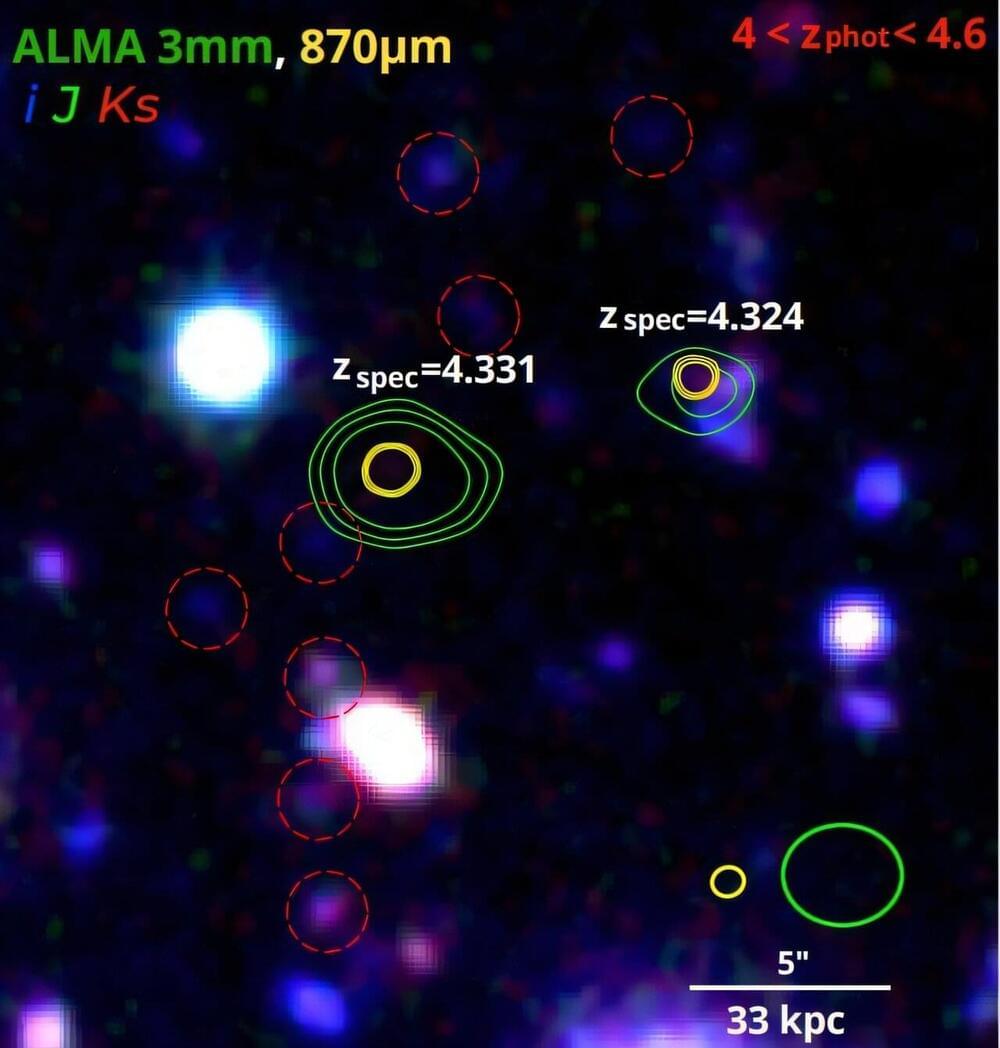
An international team of astronomers reports the discovery of a new compact galaxy group using the Atacama Large Millimeter/submillimeter Array (ALMA). The new group, designated CGG-z4, hosts two optically dark star-forming galaxies. The finding was detailed in a research paper published Jan. 9 on the pre-print server arXiv.
Galaxy groups are the smallest aggregates of galaxies, typically containing up to 50 members. For astronomers, overdense structures like protoclusters or galaxy groups are prime targets to help them investigate the growth of massive galaxies.
Recent observations performed by a group of astronomers led by Malte Brinch of the Technical University of Denmark, have uncovered the presence of a new galaxy group. They identified the new group with ALMA in the Cosmic Evolution Survey (COSMOS) field.
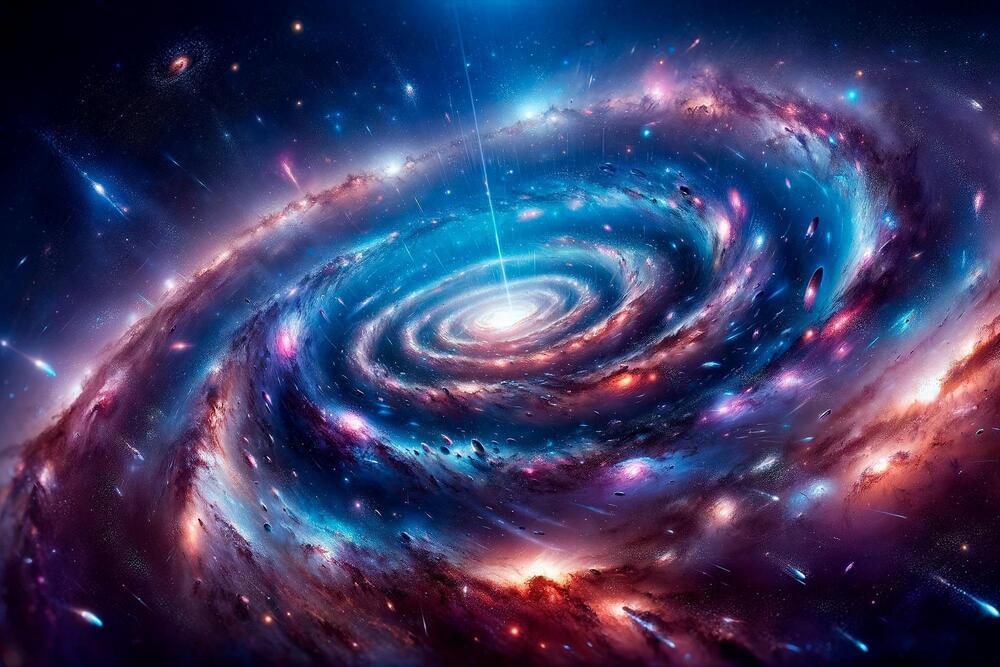
New research confirms the Universe is expanding faster than theoretical models predict, intensifying the Hubble tension.
Using precise measurements of the Coma cluster, scientists recalibrated the cosmic distance ladder, suggesting flaws in existing cosmological models.
Expanding Universe: A Startling Discovery.

As NASA’s Europa Clipper embarks on its historic journey to Jupiter’s icy moon, Europa, Dr. Matt Powell-Palm, a faculty member at Texas A&M University’s J. Mike Walker ’66 Department of Mechanical Engineering, has unveiled groundbreaking research that could transform our understanding of icy ocean worlds across the solar system. The study published in Nature Communications, co-authored with planetary scientist Dr. Baptiste Journaux of the University of Washington, introduces a novel thermodynamic concept called the “centotectic” and investigates the stability of liquids in extreme conditions — critical information for determining the habitability of icy moons like Europa.
Revolutionizing the Search for Habitability.
The exploration of icy ocean worlds represents a new frontier in planetary science, focusing on understanding the potential for these environments to support life. Powell-Palm’s research addresses a fundamental question in this field: under what conditions can liquid water remain stable on these distant, frozen bodies? By defining and measuring the cenotectic, the absolute lowest temperature at which a liquid remains stable under varying pressures and concentrations, the team provides a critical framework for interpreting data from planetary exploration efforts.
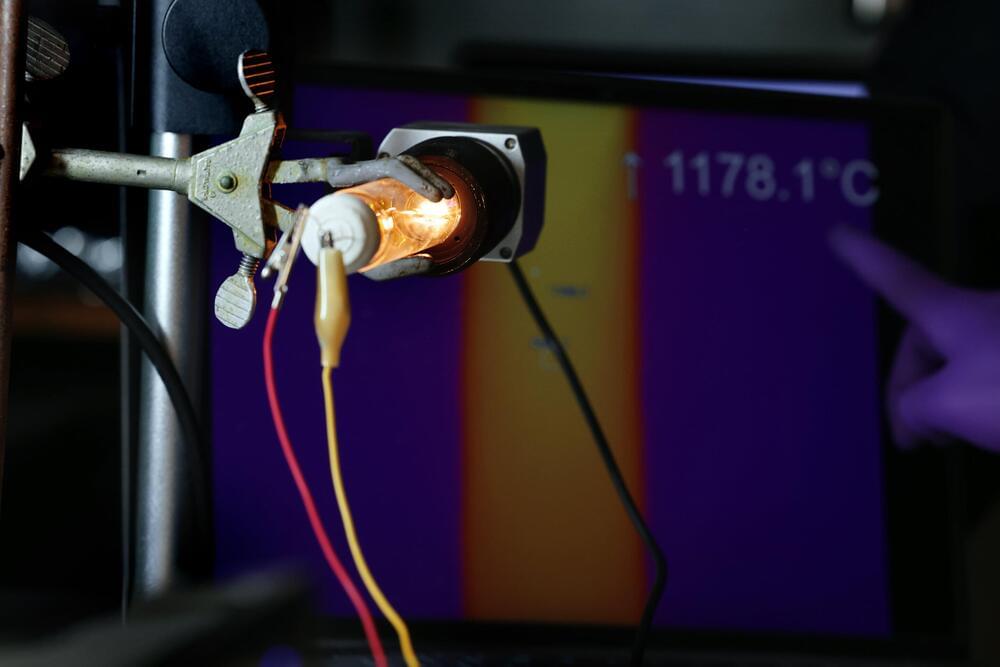
Bright, twisted light can be produced with technology similar to an Edison light bulb, researchers at the University of Michigan have shown. The finding adds nuance to fundamental physics while offering a new avenue for robotic vision systems and other applications for light that traces out a helix in space.
“It’s hard to generate enough brightness when producing twisted light with traditional ways like electron or photon luminescence,” said Jun Lu, an adjunct research investigator in chemical engineering at U-M and first author of the study on the cover of this week’s Science.
“We gradually noticed that we actually have a very old way to generate these photons—not relying on photon and electron excitations, but like the bulb Edison developed.”